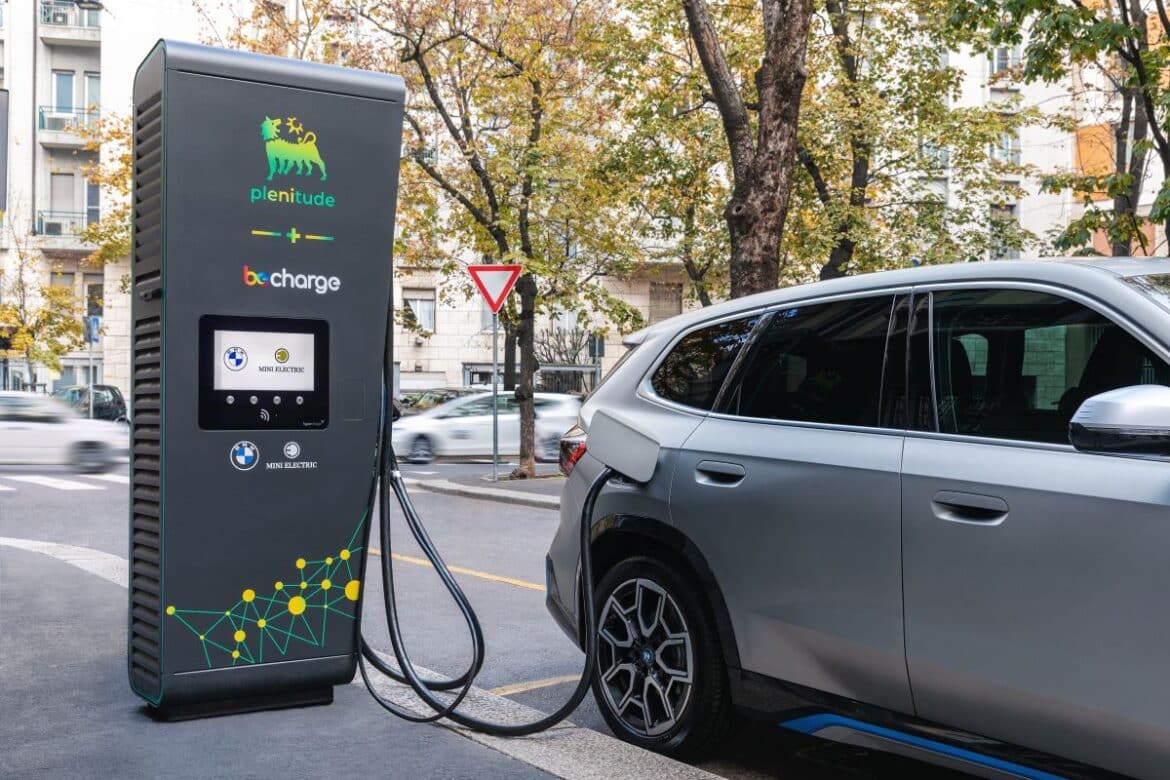When discussing electric cars, it is often said that it is essential to have the ability to charge at home. But is that really the case? If we don’t have a box with a charging point (classic electrical socket or wallbox), is it really a problem to have a battery-powered car? Actually, there are no major problems because all you need is a minimum of organization. Obviously, you have to make some considerations first and evaluate some aspects but, generally, even without a charging point at home you can safely buy an electric car.
THE BENEFITS OF A HOME CHARGING POINT
Having a wallbox at home is an advantage, that’s undeniable. Charging at home is very convenient, although we are often talking about low-power charging, which is therefore very slow. If you have this possibility, you just have to go home and connect the car to the wallbox to no longer have any kind of worry about the car’s autonomy for (at least) the whole next day.
And if we have a photovoltaic system, filling up with energy could allow significant savings. Charging at home, however, to date, is not always possible at all, for several possible reasons. Do you live in a house without a garage? Are we in a condominium but don’t have a parking space or are there difficulties in being able to put a charging point? The problems can be many. So, no electric car?
LET’S RELY ON THE PUBLIC NETWORK
Of course we can buy it, of course, but, to date, a necessary premise must be made. In order to be able to do without home charging, it is important that there is at least one column near our home (fast if possible) that allows us to refuel. If you don’t meet this requirement, running an electric car can actually be a bit tricky. Fortunately, the spread of public charging stations today is constantly growing and it is increasingly easy to find a charging point nearby.
Be Charge, for example, has already installed over 18,000 charging points in Italy, including those that are not yet active. In addition, more than 9 thousand are under construction. From its application, thanks to roaming agreements, it is possible to access over 173 thousand charging points throughout Europe.

IT’S JUST A MATTER OF ORGANIZATION
It must also be said that today electric cars offer an ever greater range. If 4 years ago it was difficult to find an electric car with more than 300 km of range (WLTP), now, on average, almost all of them offer at least 400 km of travel.
This means that a full tank of energy can be enough for the classic working week with an average of 30 km per day. Obviously, there are always special cases but, on average, one recharge per week may be enough.
In the end, if you can’t charge at home, you just need to organize yourself well to be able to use an electric car without any problems. For example, if we have a way of replenishing energy at work, let’s do it. If we go to a supermarket or shopping mall that offers charging to customers, take advantage of it if the battery level is not high.
In the same way, if you happen to go to a restaurant, to the gym or to spend a night in a hotel, it will be a wise choice to leave the car charging at the nearest column, to be able to charge the battery in a period of time when the car would have been stationary.
If we arrive home a little too discharged, just charge the car at the charging station near our home (perhaps booking it in advance from the Be Charge app) to bring the battery back to a “safe” level that allows us to leave without problems even in the event of an emergency. And if we have a Fast or HPC nearby, we can do everything very quickly.
It is clear that doing everything in the warmth of the house is much more convenient, but with the current ranges, electric cars can be used almost like endothermic engines when it comes to energy supplies. So, a full of energy and off you go for the whole week of work without problems.
Article by HD Motori








